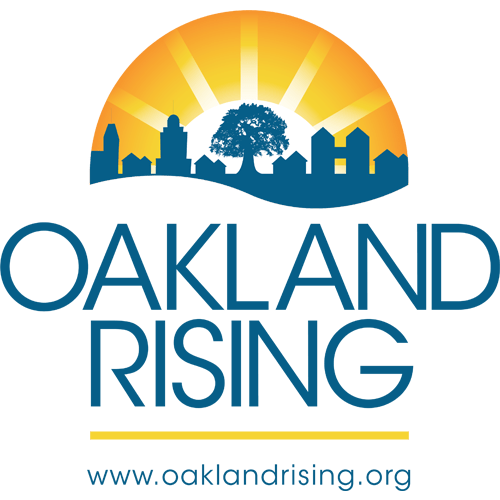The killing of Trayvon Martin at the hand of a man named George Zimmerman in Sanford Florida, has set news centers on fire- from the New Black Panther Party’s $10,000 bounty for Zimmerman’s capture, to the Miami Heat basketball team posing collectively in hoodies to honor the boys passing, to the mass response for justice taking shape with the One Million Hoodie Marches in NYC, DC, and San Francisco.
The fact is, that whether Zimmerman fired the deadly shot that ended this 17 year old boys life in self defense, or not, is secondary to the underlying critical issue that we should all grappling with: Americans feel they have an inherent need- and the authority- to act upon a legacy of fear and racism by policing Black men to the point of death, even without police involvement.
In Oakland, Oscar Grant experienced similar vigilante justice at the hands of BART officer Johannes Mehserle. In both instances, individuals decided that shooting a Black male was the best resolution to whatever perceived threat they experienced. The most troubling part is that they both felt killing these Black men had averted some greater catastrophe. But what catastrophe is greater than the loss of a life? Moreover, the American justice system justified these killers racist feelings of fear by taking slow and in Zimmerman’s case no legal action against them.
The idea that it is acceptable to shoot and kill, a Black man to resolve a dispute is an American problem rooted in centuries of institutional and societal racism, and White America has never and will never have to deal with this in the same way. Despite the historical reality that Black people have experienced brutality and murder at the hands of White people for centuries, the killing of a White youth due to a perceived threat is socially unacceptable and unthinkable. In interactions with White youth, common logic dictates: call the authorities, and allow them to deal with it; detain the White youth if possible, but otherwise, let the authorities handle the situation. In all ways, White criminals are treated as humans with rights first and criminals second; the same can not be said about Black men.
So why is it acceptable and increasingly commonplace to shoot a Black male in a similar circumstance? The answer lies with the fact that an American legacy of violence against Black people teaches all of us that Black life is not as valuable or important. This legacy has footprints in the murder of Emmett Till, having roots all the way back to lynchings based upon unproven accusations that led to killings at the hands of non-authority civilians. Even today, when justice is metered out, it is woefully incompetent. The officer that killed Oscar Grant received only two years in prison, and Zimmerman has still not been arrested. Reverse the race and skin color of the participants and ask yourself if the predicament would be the same.
Prosecuting George Zimmerman may bring closure to the Martin family, and perhaps mete out a bit of justice in this instance. But it is only a matter of time before this tragedy strikes again with new faces in this all too familiar situation. The root of the problem is the inherent racism in the way that Black men, young and old, are viewed by American society. Until Black male’s cease being guilty of imagined crimes in the American psyche, this problem will persist- a hydra with new heads sprouting daily, while we as a society refuse to deal with the heart of the matter because we are calling for individual justice to a problem rooted in societal injustice.
Guest Blogger – Lateef Daumont
